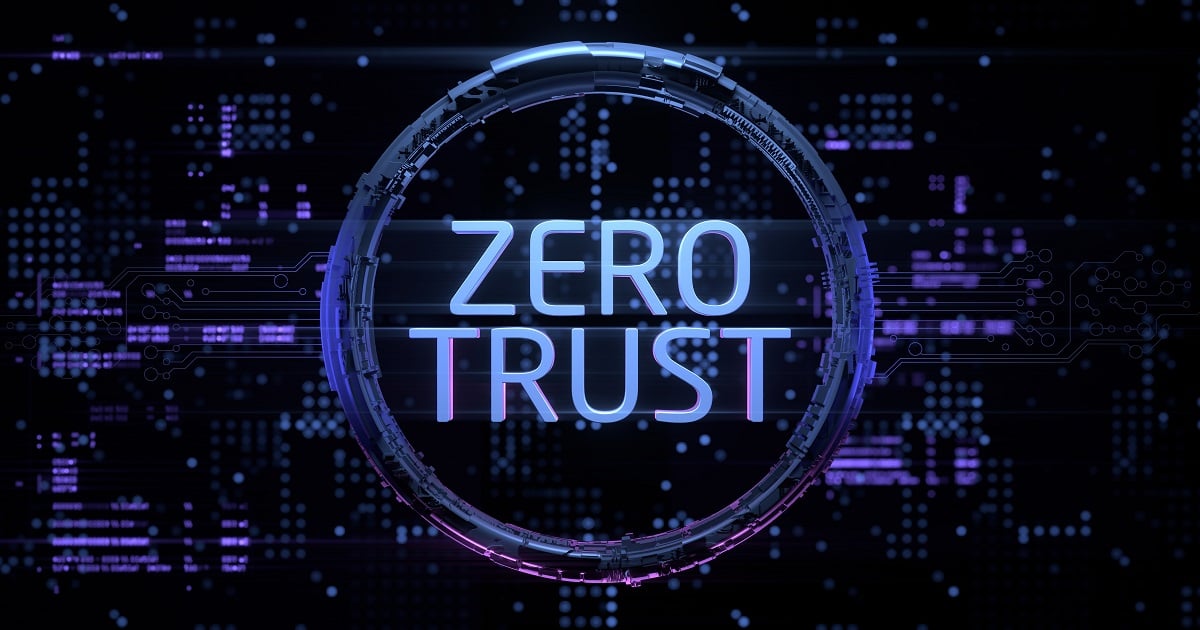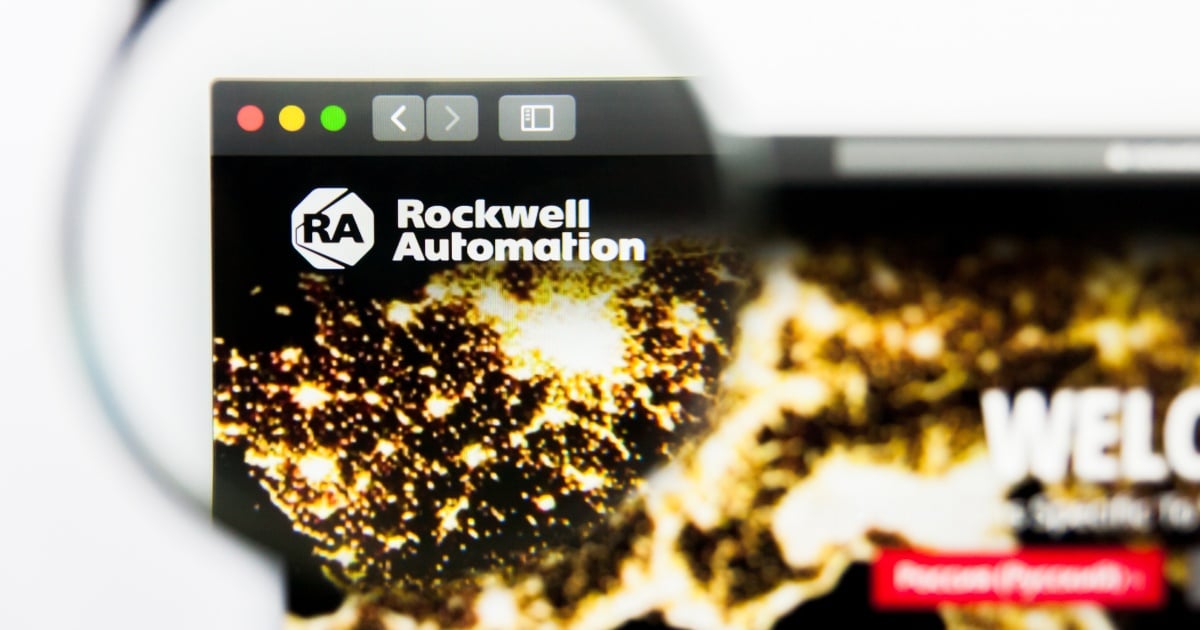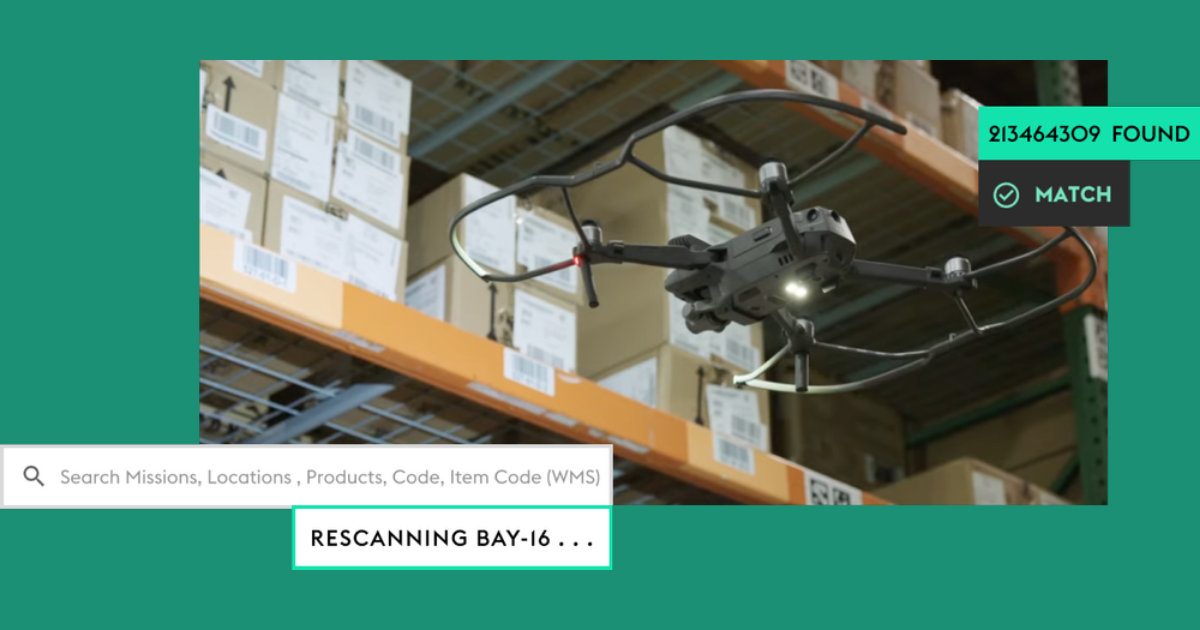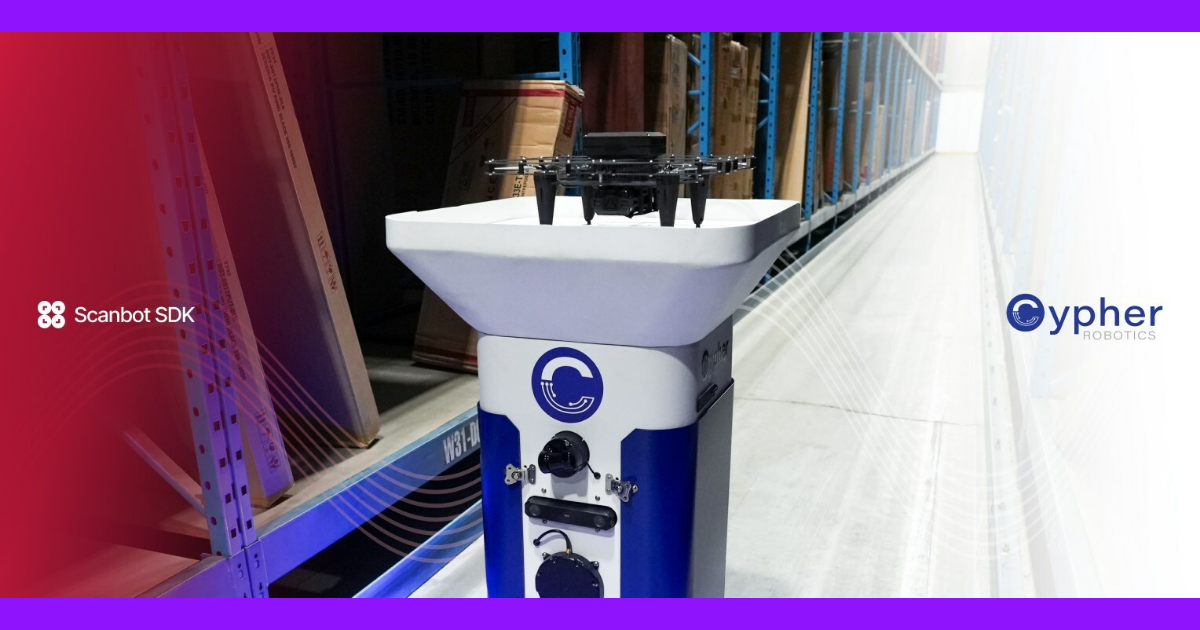Industrial IoT News
Industrial IoT Home
Related Articles
A 'Truly Great' Match for IIoT: Avassa and OnLogic Establish Partnership
Edge management software provider Avassa and industrial computer manufacturer OnLogic have partnered to benefit IIoT use cases.
Read MoreIndustrial Sectors See a Boost in Adoption of Zero Trust Practices, According to Xage
A new Xage report dives into various industrial and IIoT-centric sectors improving their security protocols by adopting a variety of crucial zero trus…
Read MoreAnother Smart IIoT Collab: Rockwell Automation and NVIDIA to Harness Omniverse Cloud APIs and Industrial-Scale Digital Twins
Rockwell Automation is collaborating with industry giant NVIDIA to integrate NVIDIA's Omniverse Cloud APIs with Emulate 3D by Rockwell Automation.
Read MoreHaving Raised $17M in Series A-1 Funding, Gather AI Continues Optimizing Warehouse Inventory with Drones
Gather AI recently announced its $17 million Series A-1 funding led by Bain Capital Ventures (with participation from Tribeca Venture Partners, Dundee…
Read MoreNew Collab Between Scanbot SDK and Cypher Robotics Set to Automate Wearying Warehouse Inventory Processes
Scanbot SDK and Cypher Robotics have officially partnered to streamline warehousing and inventory cycle counting processes.
Read More




